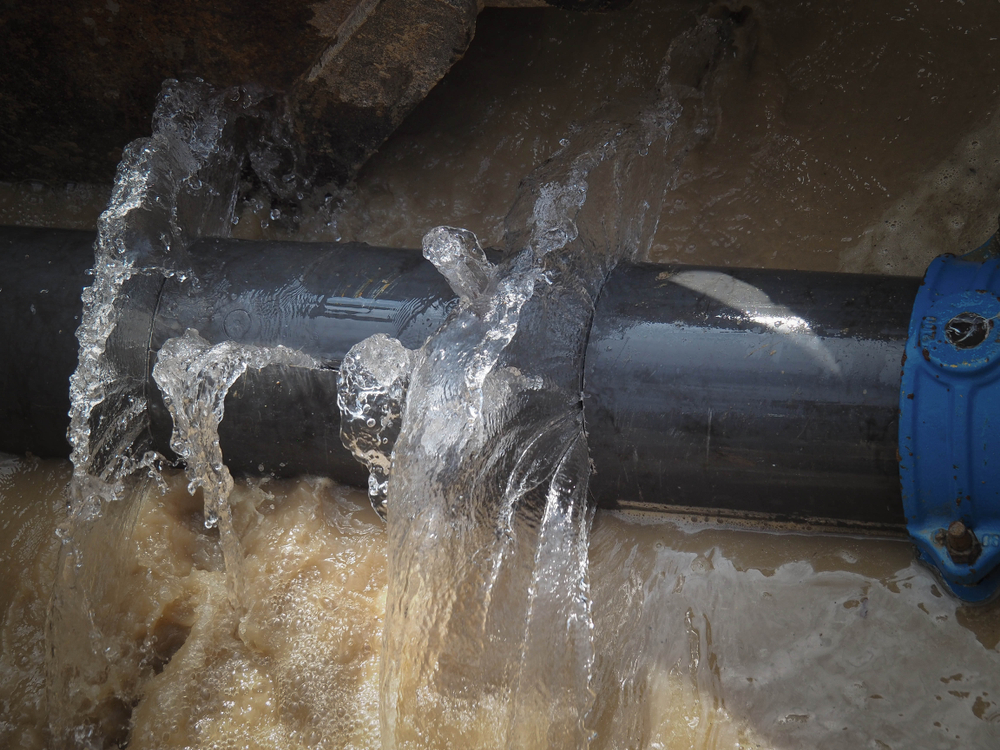
While pipe bursts are common in older houses, this type of problem can occur to pipes that are located in exterior walls in new homes. Ordinary causes of broken water pipes include external corrosion, road construction, and low temperatures. If you notice low water pressure or mold on your walls, this is a sign of a damaged pipe. Once the temperature becomes cold during the winter, the water in your pipes can start to freeze and expand. This will cause the pressure in the interior of your water pipes to increase until the pipe cracks. To prevent water damage in your house, we have compiled a list of 9 ways to respond to a broken pipe and troubleshooting methods.
How To Respond to a Damaged Pipe Behind Your Walls
Shut Off the Water Supply
To stop sludge and debris from continuing to enter your home, shut off the main water valve to your home. Some types of water valves may turn easily by hand. On the other hand, you may require a special tool or wrench to shut off the water valve. You should also refrain from drinking water from your sinks until the broken pipe is repaired and your plumbing system has been flushed.
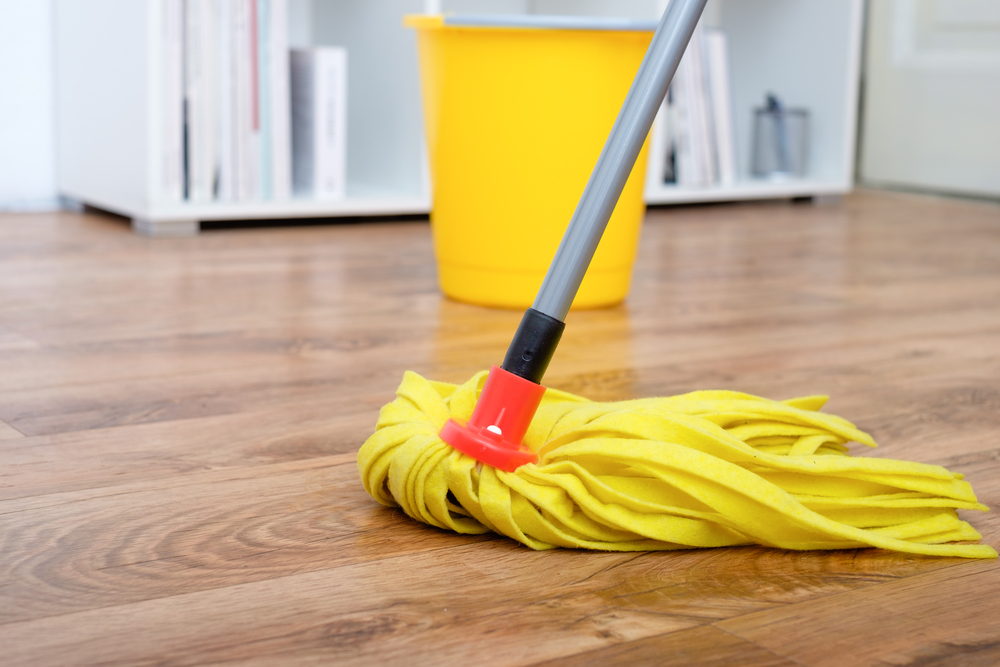
Remove Excess Water
When you notice a puddle of water on the floor that is caused by a pipe burst, it’s critical to grab paper towels and a mop to eliminate the excess water. Depending on the type of flooring you have, a large amount of water can cause your floors to become warped, cracked, or discolored. Use a mop and bucket to absorb the water quickly to prevent the formation of mold and mildew in your floors and foundation. Once the flooring is dry, grab a couple of portable fans to eliminate the remainder any remaining water or moisture between the wood panels or tiles.
Turn Your Furnace On
If you have pipes installed in an exterior wall of your house, it’s important to perform an inspection of the wall to ensure it is insulated properly. It is not abnormal to discover pipes in locations with no insulation in houses that are 50 to 100 years old. Do you notice damp drywall in your living room or kitchen? This is a sign of a broken pipe on your property. To prevent water damage, you will need to deactivate your water and increase the heat on your thermostat. Adjusting the temperature settings will help prevent the pipe burst from becoming worse as you wait for an emergency plumber in Glen Ellyn, IL to fix broken pipe problem.
To prevent broken pipes behind your walls or ceilings in the winter season, turn each of the faucets on to a low setting to ensure the water is moving in your pipes. If the water in your pipes sits still for a long period of time, the water will start to freeze and break the pipe. In addition, an easy way to protect your property from the negative consequences of a pipe burst is to close your garage door during the winter season. This will help prevent frigid air from reaching water pipes that are behind the walls in your garage.
Read More: Ways to Eliminate a Clog With a Plumbing Snake
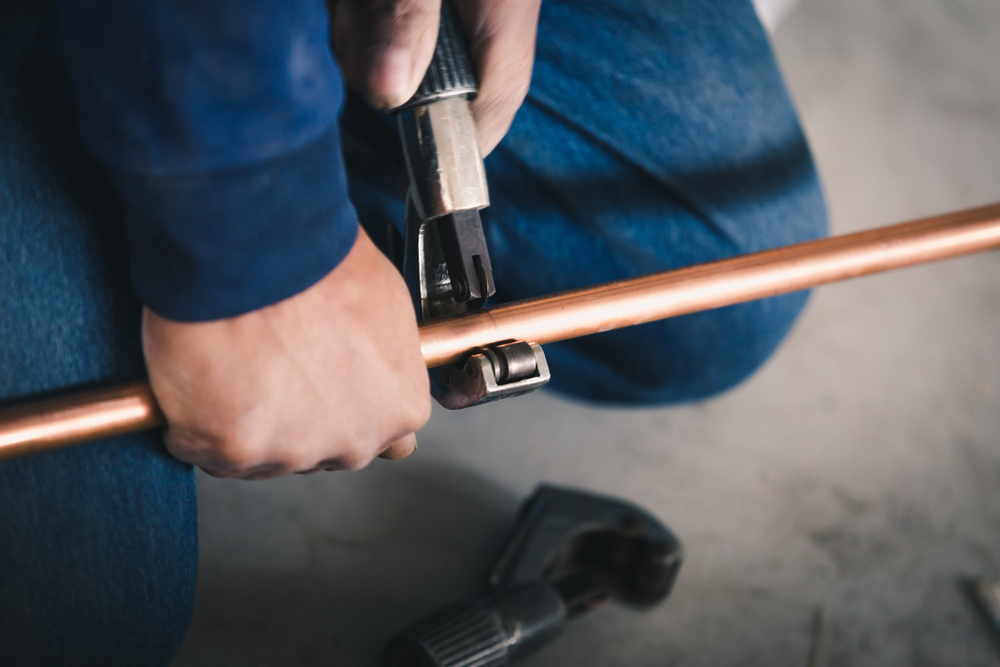
Remove the Cracked Pipe
If you are familiar with the process of replacing a broken water pipe, you can remove the cracked pipe and install a new line to restore the flow of water to your sinks, showers, and faucets. Prior to installing a pipe, it’s important to deactivate the main water supply valve in your house to prevent water damage and flooding. Next, place a bucket directly beneath the broken pipe to collect the remaining water in your plumbing system. Once the water has been flushed from the pipe, grab a pipe cutting tool to remove the pipe from the wall or ceiling.
Secure the pipe cutting tool in a location that is 1 to 2 inches away from each side of the crack when you are removing the pipe. Apply the arms of the pipe cutter to the pipe and tighten the screws to create a secure connection. Next, spin the tool to create an incision on each side of the pipe. Once the pipe is disconnected, grab it and place it on a towel to prevent damage to your floors.
Deactivate the Electrical System
Prior to fixing a pipe burst that is located near wires in your walls or ceiling, you will need to turn your electricity off at the breaker box to prevent electrocution. In addition, deactivating the electricity will prevent damage to the wires that are connected to your light fixtures, appliances, and electronics.
Install a Pipe Sleeve
Once the broken water pipe is removed, travel to your local hardware store to purchase a pipe sleeve. Connect the pipe sleeve to the end of the existing water pipe behind your walls. Next, grab the other pipe on the opposite side and integrate it with the pipe sleeve. If you’re struggling to configure the sleeve, you may be required to loosen the pipe connections to make it easier to grab and insert each of the pipes into the pipe sleeve.
Read More: Ordinary Signs of a Broken Main Water Line
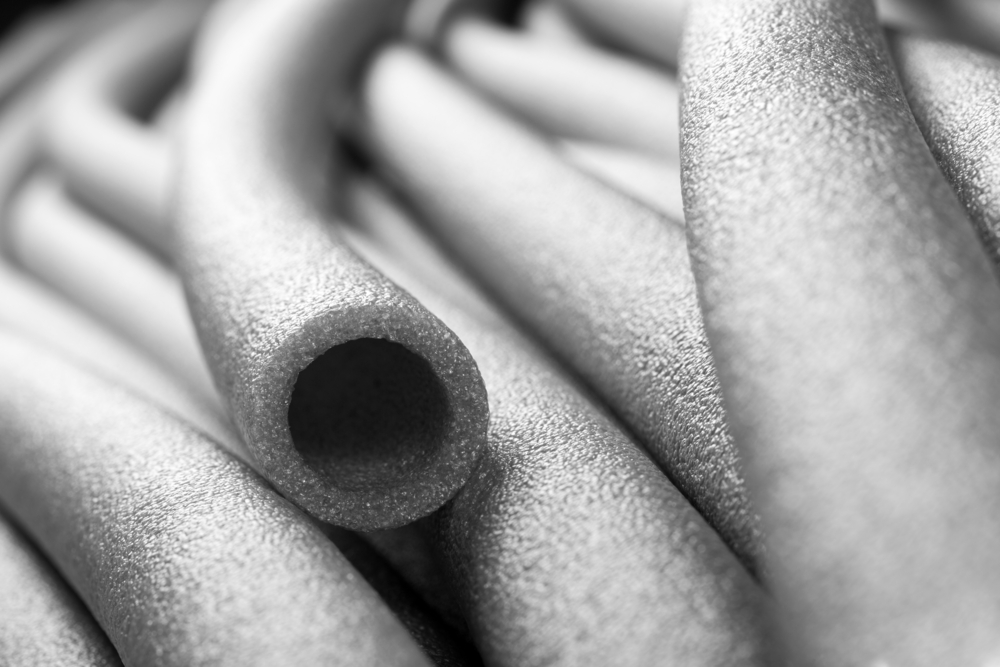
Add Insulation to Your Exterior Pipes
Pipe Wraps
Once you are finished replacing the broken water pipes to eliminate the water leak, you will need to install insulation on your pipes to prevent the water from freezing. There are two kinds of pipe insulation that can be applied to prevent pipe bursts in your house. The first type of insulation is called a water pipe wrap. Pipe wrap can be installed around the exterior of your water pipes. First, install a layer of duct tape on the end of your pipe. Next, embed the pipe wrap around each water pipe that is exposed to cold air. This kind of insulation is offered in materials such as fiberglass and plastic or rubber.
Pipe Sleeves
Pipe sleeves are engineered to be applied to a large area of exposed pipes that are vulnerable to freezing. This type of pipe insulation is available in rubber or foam to meet your requirements. Pipe sleeves are sold in large sizes that can be cut to fit the length of your pipe. Pipe sleeves are designed to prevent cold air from reaching the water pipes in your ceiling, walls, or foundation.
Flush Your Pipes
Once you are notified that the pipe burst has been fixed, wou will want to flush the remaining water in your pipes prior to bathing, drinking, or cooking. An easy way to do this is to shut off each of the faucets and run the largest faucet. The large faucet is usually located in the bathtub. Use the cold water valve in your bathtub to remove large debris from the pipes behind your walls. This may help reduce the risk of clogs in your pipes. While the water is running, listen for sputtering or spitting, which indicates air in the water lines. Once the water runs clear and the air bubbles are released, the pipes should be fully flushed out.
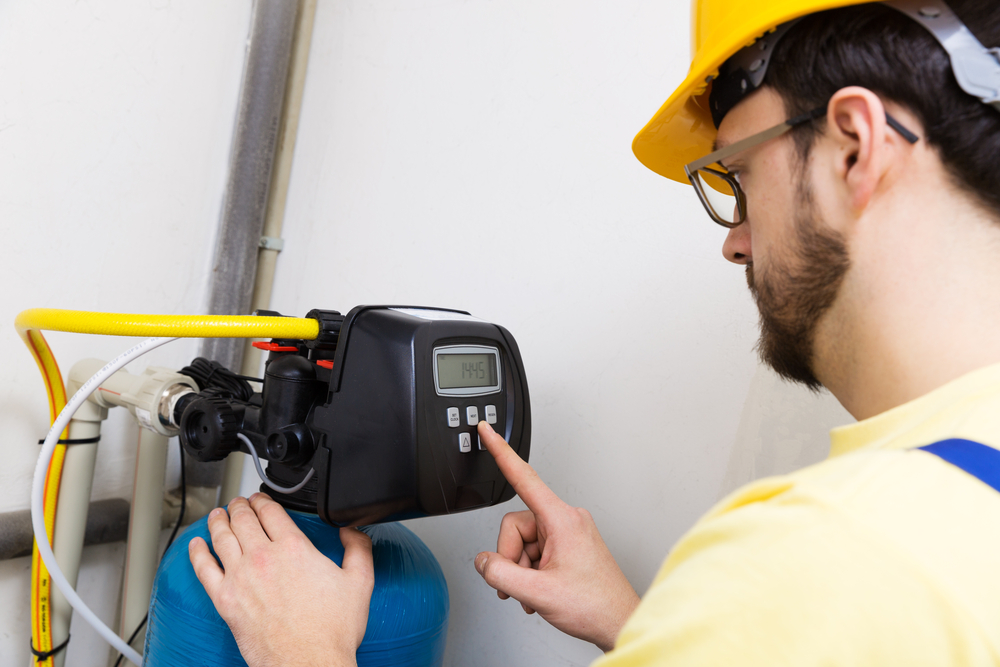
Install a Water Filtration System
One of the best ways to keep silt and debris from your city’s water pipes out of your home is to install a water filtration system. A water filtration system will reduce the amount of foreign debris entering your home and drinking water.
If you need assistance with a broken pipe in the winter, give our team of licensed plumbers a call by phone at (630) 968-0783 to create an appointment. We offer water line repair and installation services to households in areas of Illinois such as Bolingbrook, Naperville, Wheaton, Plainfield, and Elmhurg. In addition, we offer other types of plumbing repair services such as drain cleaning, sump pump installation, backflow inspections, broken sewer pipe repair, broken water line repair and water heater repair. Our team of certified contractors has provided reliable services to thousands of customers in Illinois.
Read More: Why Is My Furnace Not Heating My Home?

